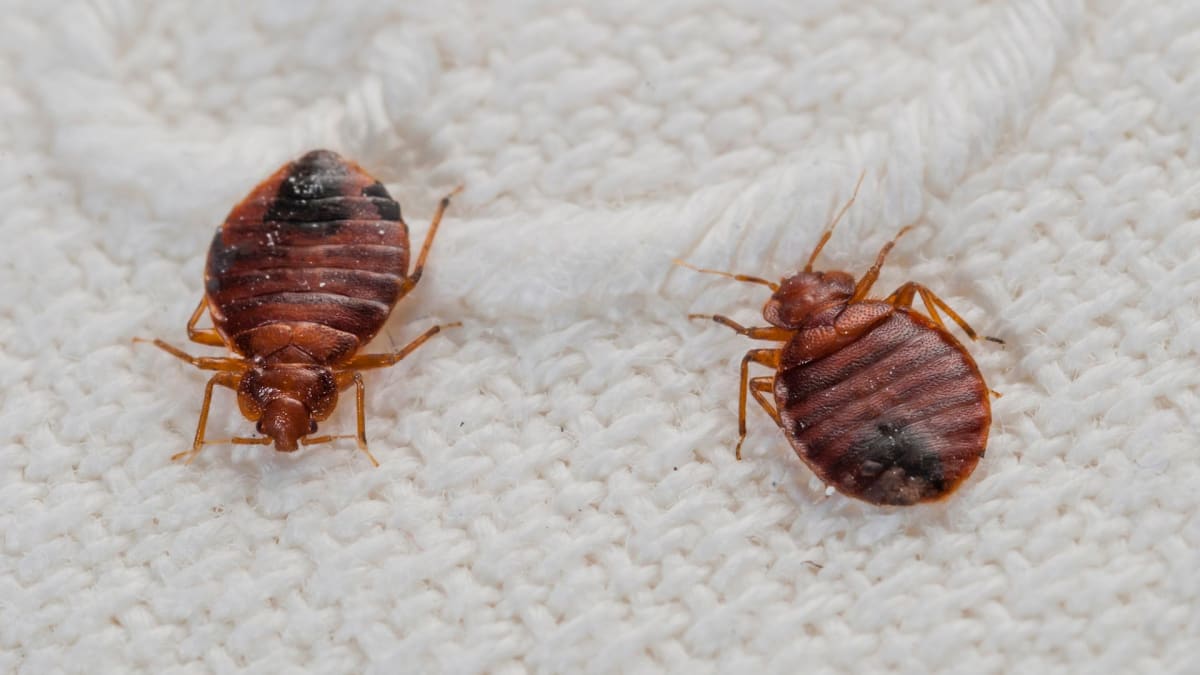Expert A1 Bed Bug Exterminator in Houston - Reliable Solutions
Expert A1 Bed Bug Exterminator in Houston - Reliable Solutions
Blog Article
Comprehending the Lifecycle of Insects for Targeted Control Techniques
Understanding the lifecycle of parasites is an essential facet of effective insect administration approaches. By comprehending the different stages of advancement that parasites go through, a much more accurate and targeted strategy can be adopted to regulate their populaces. This knowledge not only drops light on the susceptabilities within the pest lifecycle however also leads the way for executing calculated steps that can interrupt their growth and recreation cycles. Via a much deeper understanding of how insects grow and evolve, tailored control techniques can be developed to address details factors in their lifecycle, eventually bring about more effective parasite management results.
Significance of Understanding Pest Lifecycle
Recognizing the lifecycle of pests is vital for creating effective and targeted control approaches in pest monitoring. By understanding the numerous phases a pest experiences from egg to grownup, insect control specialists can determine weak spots in the lifecycle where treatment can be most effective. Recognizing when larvae are most energetic can aid figure out the ideal timing for applying larvicides. In addition, understanding the life-span of an insect varieties can help in predicting population growth patterns and possible problem risks.
Moreover, recognizing the details environmental problems required for each and every phase of the insect's lifecycle can guide decisions on environment alteration or exemption methods to lower and disrupt the lifecycle pest populations. This expertise makes it possible for pest administration professionals to execute positive procedures rather than counting exclusively on responsive treatments, bring about more long-term and sustainable insect control options. Ultimately, a complete understanding of bug lifecycles empowers parasite control practitioners to customize their strategies successfully, maximizing and lessening environmental impacts control results.
Trick Stages in Insect Growth
To effectively carry out targeted control techniques in insect monitoring, an essential element lies in thoroughly determining and recognizing the vital phases in insect advancement. Pest growth generally is composed of numerous crucial stages that are vital for their lifecycle and monitoring.

Susceptabilities in Insect Lifecycle
Throughout the different stages of a parasite's lifecycle, distinct vulnerabilities emerge that can be purposefully targeted for effective control actions. One important vulnerability depends on the egg stage, where pests are frequently extra vulnerable to specific insecticides or biological control agents due to their soft outer covering, making them simpler targets for treatment. Additionally, the nymph or larval stage offers vulnerabilities as bugs go through rapid development and advancement, requiring high energy usage that can be manipulated by disrupting their food resources or presenting growth inhibitors. Pupal stages, identified by immobility and makeover, supply a home window for targeted control via physical barriers or particular therapies that hinder effective appearance. Adult insects, while a lot more durable due to their reproductive capacity, can still be prone during breeding or egg-laying tasks, which can be interfered with with scent traps or sterilization techniques. Understanding these susceptabilities in the insect lifecycle is essential for creating efficient and precise control methods that properly handle pest populations while reducing ecological effect.
Implementing Targeted Control Measures

Executing targeted Click Here control actions usually involves a multi-faceted strategy. This may consist of environment adjustment to make the setting less welcoming to bugs, such as eliminating standing water for mosquito control or sealing entrance factors for rats. Additionally, organic control techniques can be used, where natural predators or pathogens are introduced to keep bug populations in check.
Integrated Bug Monitoring (IPM) techniques that integrate different control actions in a collaborated and lasting manner are commonly the most efficient in achieving lasting pest administration goals. By executing targeted control procedures based on a detailed understanding of pest lifecycles, insect populations can be effectively controlled while decreasing risks to human health and wellness and the atmosphere.
Boosted Pest Administration Practices

Furthermore, the incorporation of organic control representatives, such as natural killers or pathogens of insects, can help in reducing dependence on chemical pesticides and promote a much more balanced ecosystem. Applying physical obstacles and traps can additionally be part of improved bug management techniques, providing safe and targeted solutions for insect control. In addition, the usage of scents and other semiochemicals can interfere with pest mating patterns and communication, causing minimized parasite populaces in time.
Verdict
By determining essential stages in bug development and vulnerabilities in their lifecycle, targeted control procedures can be implemented to lessen parasite populations. Boosted pest monitoring methods can assist reduce the reliance on broad-spectrum chemicals and promote even more sustainable and environmentally friendly pest control techniques.
Comprehending the lifecycle of insects is essential for establishing effective and targeted control approaches in pest administration. By understanding the various stages an insect goes via from egg to adult, pest control experts can identify at risk points in the lifecycle where treatment can be most effective. Ultimately, a comprehensive understanding of Visit Website insect lifecycles equips bug control specialists to customize their strategies properly, making the most of and lessening ecological impacts control end results.
By applying targeted control measures based on an extensive understanding of bug lifecycles, insect populations can be efficiently managed while decreasing threats to human wellness and the setting.
By determining crucial stages in bug advancement and susceptabilities in their lifecycle, targeted control measures can be applied to decrease parasite populaces.
Report this page